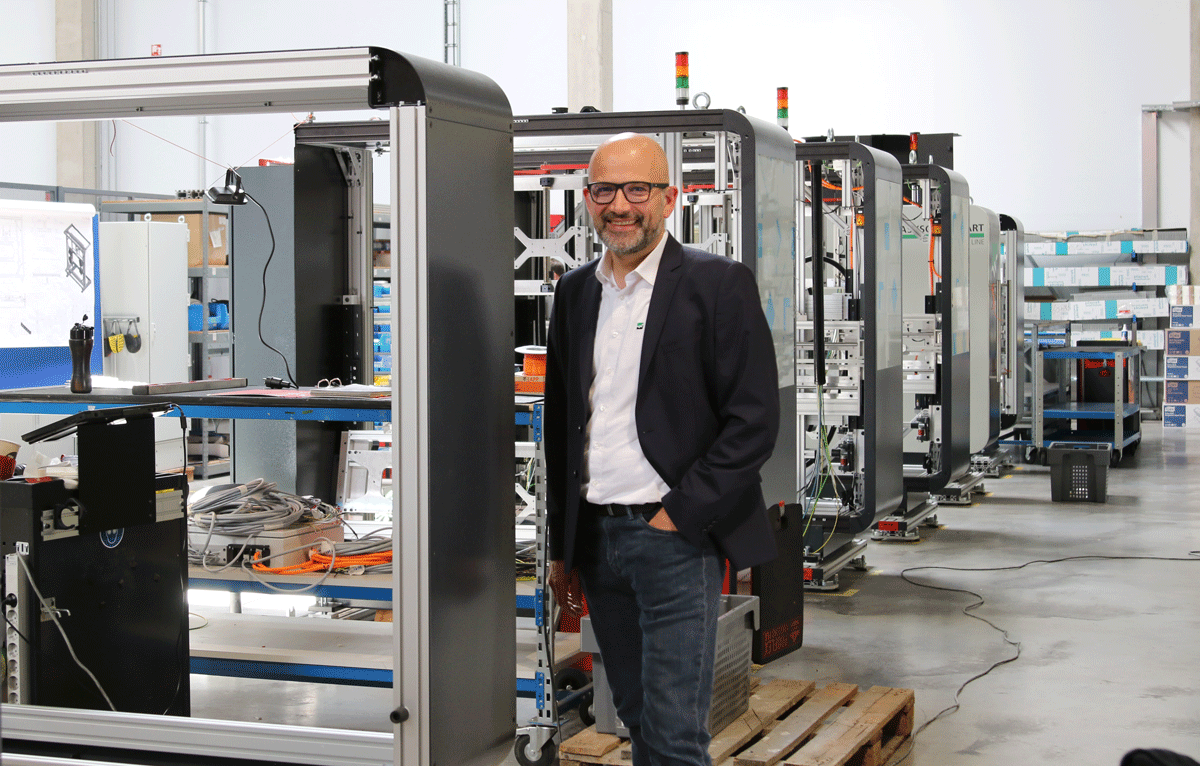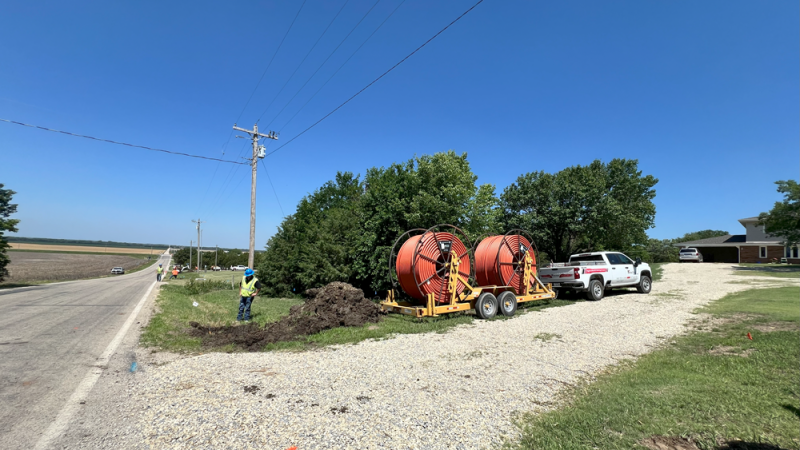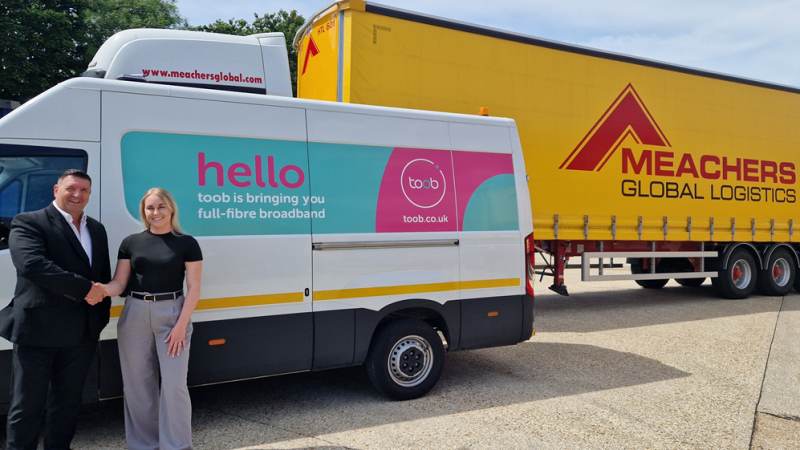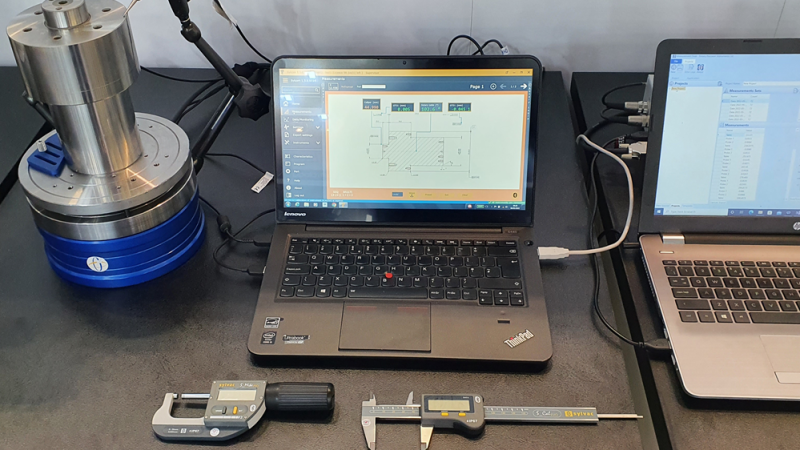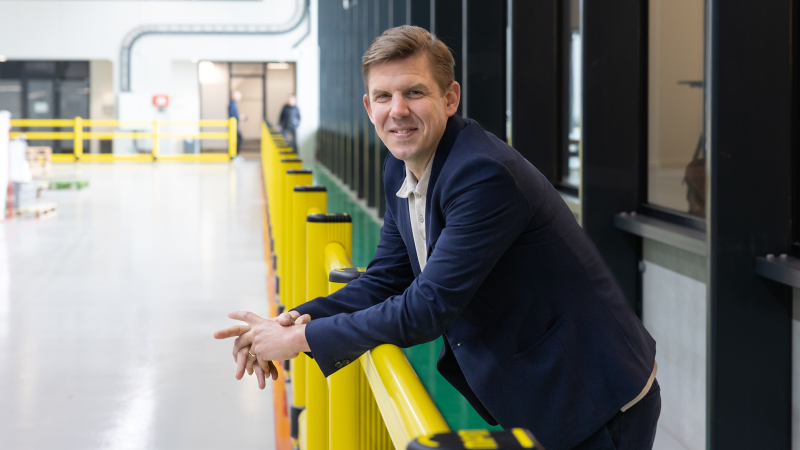Fully automatic, high-performance production lines are increasingly being used in modern wood processing, and an upstream scanner is an integral component of the overall system. The scanner records the relevant timber data from all sides and supplies this to the machines downstream, such as rip and cross-cut saws, at full production speed. Of all the stages of solid wood processing, cutting offers the greatest potential for optimisation. Here, scanners provide not only the utmost precision but also considerable savings of precious raw material that, being a carbon sink, contains a unique environmental element. There are only a handful of companies in Europe that have the capability of providing sophisticated scanners for the wood processing industry. LuxScan Technologies headquartered in Luxembourg is one of these. Established in 1998 as a start-up and now managed by Jean-Philippe Hildebrand, since 2007 the company has been part of the German Weinig Group, the world’s largest manufacturer of machines and systems for solid wood processing.
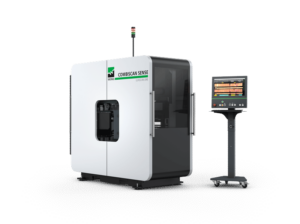 Key part of the system
Key part of the system
“Becoming a member of a strong group really boosted our market position globally,” says Hildebrand. “The acquisition was a win-win for both parties: we needed a wider umbrella for further development and the support of a strong parent company helped us to weather the market fluctuations of the last two decades. Weinig, on the other hand, acquired a capability that was missing in the group until then.”
He further explains that LuxScan today employs 50 team members of which 20 work in the R&D department. “We are an engineering company offering complex expertise; our products not only collect but also analyse data to provide crucial information on timber characteristics and defects to the machines connected downstream to select the optimal way to process that given piece of timber and to maximise its value.”
He admits that acquiring the required skills is not easy. “We are looking for talent globally. We have 16 nationalities in our company, so we are a very diverse team, a melting pot of cultures and languages. This diversity enables us to connect with our customers, business partners, and colleagues across all companies of the Weinig Group, and is also the driving force for our performance and innovation.”
By now, the company has sold over 550 scanner systems around the world. Its portfolio includes chop scanners, rip scanners and grading scanners, which are supplied mostly for dry lumber (hard and softwood) but now also increasingly for green lumber.
Its CombiScan Sense series sets new benchmarks in the scanner technology, offering higher performance and providing solutions across all process stages: from ripping and cross-cutting applications to a range of variants for use as a sorting scanner.
On the other side of the spectrum is the EasyScan series, specially designed for the requirements of smaller companies with simple cross-cutting and ripping applications. It is capable of feeding a single cross-cut saw and has the efficient and powerful optimization of the CombiScan Sense series.
AI-supported innovations
Hildebrand points out that artificial intelligence has opened the way to new innovations that can enhance machine performance and enable better differentiation of defect sizes and characters. “We have a complete portfolio with different abilities in terms of accuracy as well as machine capacity – the faster the machine, the faster the camera and the computer need to be. Thanks to the conventional neural network usage, hardware performance has increased, and with AI, the price-performance ratio keeps improving.”
Recent successes include LuxScan Technologies’s compact EasyScan Lite scanner, powered by artificial intelligence, which has recently been integrated into furniture production at several places already in Brazil. The scanner not only provides speedy and accurate defect detection but also generates the best cutting pattern for the wood based on the customer’s own customized criteria.
“The beauty of this technology is that it enables us to reach into markets that we would not have considered before – most of the machines that we had produced until 2 years ago run on plain, pre-surfaced dry and smooth material. Now we can enter the non-pre-prepared timber processing market, as the latest technology enables us to differentiate defects even with a fuzzier image,” says Hildebrand.
He further acknowledges that to secure customer satisfaction, it is crucial to have suppliers that are able to deliver on time and to the required quality. “LuxScan products are not stand-alone machines, they are incorporated into bigger, complex and expensive lines, so later than scheduled delivery would have serious financial consequences. In this respect, the pandemic was a major challenge and although supplier performance has improved, it has yet to return to pre-pandemic levels.”
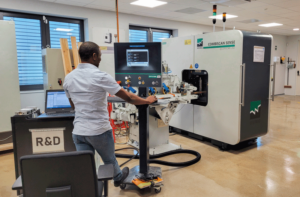 In global demand
In global demand
Scanners not only improve timber processors’ efficiency but also play a big part in enhancing their sustainability and environmental credentials. “Each cubic meter of wood saved prevents one tonne of CO2 from being released into the atmosphere,” Hildebrand points out.
” On average, forests sequester between 6 and 10 tonnes of CO2 per hectare per year. Taking an average of 8 tonnes of CO2 per hectare per year, this means that 1600 tonnes of CO2 are equivalent to about 200 hectares of forest. To put this in perspective – given that a small car produces about 2 tonnes of CO2 per year, the impact of one of our scanners which generates a saving of 1600 cubic meter of per year is equivalent to removing the annual CO2 emissions of 800 small cars.”
Given the clear benefits that LuxScan Technologies’s scanners can offer, the company’s growth potential seems very promising. “I’m very much convinced that now we are only touching a fraction of the overall market. There are plentiful opportunities in North and South America, as well as Europe. Even Asia is now investing in automation, given the competitive pressures.”
“We could capitalise on those opportunities by developing new products for different applications, and by expanding our sales network, gaining access to decision makers so that they include LuxScan in their investment plans,” he reflects. “This company was founded 20 years ago with just five employees. We have 50 team members now and growing steadily. With new products and a strong sales team, we are set to make sure that this growth continues.”
